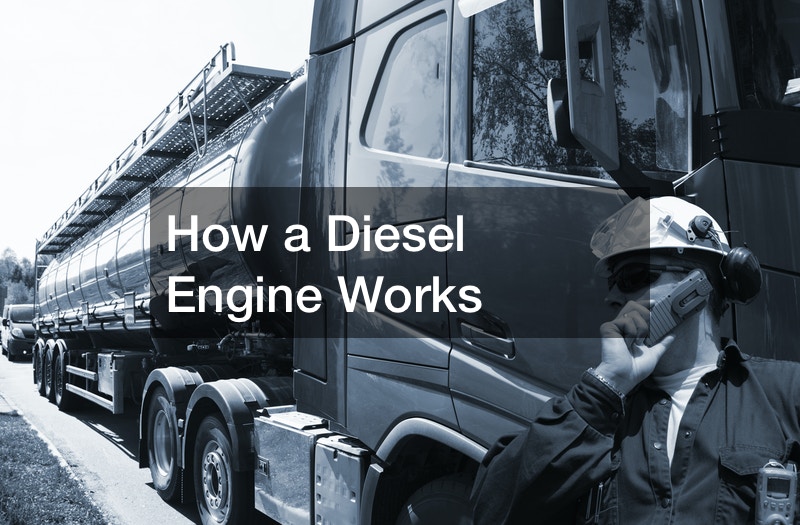

To become a fleet service mechanic, you have to understand how a diesel engine works. In this article, we will break down the basics of diesel engines and how they operate.
The operating cycle of the diesel engine begins when the engine cylinders draw in clean air, as opposed to the fuel-air mixture that conventional gasoline engines use.
The piston drives up very quickly, compressing the air and rapidly raising its temperature. The fuel injector then injects the fuel at high pressure.

The fuel enters the engine as a fine spray and is vaporized in the hot air. Spontaneous combustion occurs to light the fuel. Conventional gasoline engines need a spark for this action, in contrast. The pressure this generates drives the piston down, which powers the vehicle.
At the piston’s lowest position, the exhaust valve opens to release exhaust and the cycle begins again. Semi-trucks generally operate run on 6 cylinders on this cycle. The diesel engine gives them more torque which helps haul the large loads.
This simple process is one part of the semi-trucks mechanics, but it’s crucial to understand this to be a diesel mechanic. Watch the video for a visual demonstration of the diesel engine.





